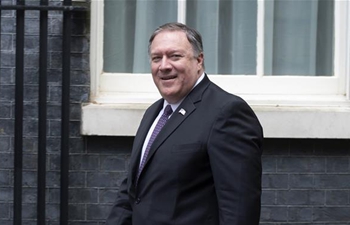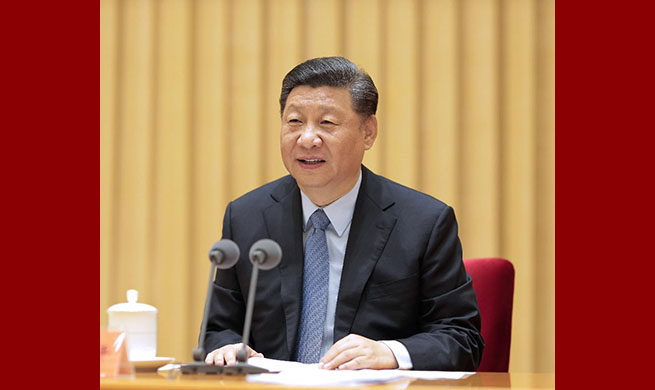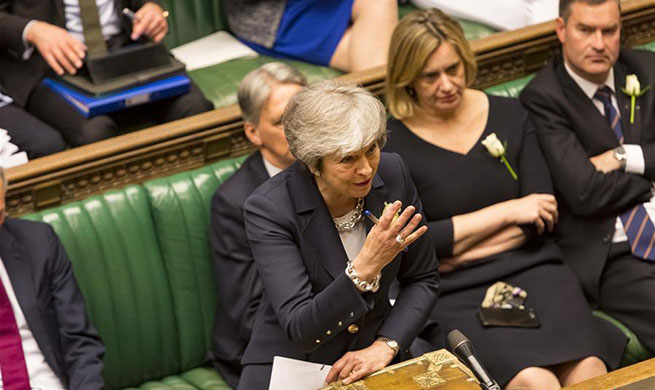WASHINGTON, May 8 (Xinhua) -- Lael Brainard, a member of the Board of Governors of the U.S. Federal Reserve (Fed), said Wednesday that low interest rates presented a challenge for the traditional ways of conducting monetary policy and may prevent inflation reaching the desired level.
During an open event at the Federal Reserve Bank of Richmond, Brainard said that the equilibrium interest rates -- the rates that the demand of money equals the supply -- could remain low in the future, leaving smaller room for the central bank to fight the next recession in the old ways.
"We have less room to cut interest rates and thus less room to buffer the economy using our conventional tool," Brainard said, adding that the Fed in the past "has typically cut interest rates by 4 to 5 percentage points in order to support household spending and business investment."
The Fed governor also cited the most recent recession in 2008 and 2009 as an example, after which that interest rates sat close to zero for many years.
Speaking of another challenge, Brainard discussed "the flat Phillips curve," which means inflation does not move as much with economic activity and employment as it has in the past.
Theoretically, a flatter Phillips curve means that the labor market can pull more workers back into employment without a quick rise in inflation, but the flatter curve also makes it more difficult to boost inflation to the central bank's target level.
Aiming at an inflation level of 2 percent, the Fed is still on its way to reach the target. In Brainard's eyes, if inflation consistently falls short, lower inflation tends to "get embedded" in people's expectations, which could in turn make it even more difficult to boost inflation.
"And because inflation is reflected in nominal interest rates, that, in turn, can also reduce the amount of policy space the central bank has available to prevent the economy from slipping into recession," she said.
To address these new challenges, Brainard said central banks around the world had to use a larger variety of policy tools than traditional ones.
The Fed could hold interest rates lower after a recession "until inflation or the unemployment rate have reached a particular level," she said, mentioning new methods like "average inflation targeting" or "targeting the yield on specific securities."
On May 1, the Fed decided to maintain its target range for the federal funds rate at 2.25 percent to 2.5 percent, reiterating that it "will be patient" with future adjustments to the federal funds rate in light of global economic and financial development and "muted inflation pressures."













